However, a lot of people are allergic or intolerant to gluten, which can cause allergies or celiac disease. A wheat allergy, caused by an adverse reaction to a protein found in wheat, can cause symptoms such as chronic gastrointestinal disturbances, infections, asthma, acne, eczema, joint pains, migraines and fatigue. On the other hand, celiac is an autoimmune disease in which the body's immune system mistakes gluten as an allergen and causes symptoms such as decreased appetite, chronic diarrhea or constipation, vomiting, fatigue and irritability.
Therefore, people who suffer from a wheat allergy or celiac disease must avoid wheat in any form and follow a gluten-free diet. Fortunately, there are many wheat alternatives out there that can be easily included in your diet. These are the top 10 alternatives to wheat and wheat flour:
Quinoa, a pseudo-cereal, is a seed that is prepared and consumed like a grain. As it is entirely gluten-free, it can be enjoyed by those who are sensitive to gluten or wheat.
Quinoa is a complete protein source since it contains all of the essential amino acids. Other important vitamins and minerals that can be found in quinoa include phosphorus, copper, manganese, folate, iron, magnesium and zinc. Its crunchy texture and nutty flavor makes it very popular for both children and adults.
Buckwheat also has a nutty, earthy taste. As it is neither a grain nor related to wheat, it's gluten-free and can be safely consumed by those who suffer from celiac disease and gluten intolerance.
Buckwheat is high in fiber, protein, iron, zinc, magnesium, copper and phosphorus. Furthermore, it is a good source of B vitamins such as B6, pantothenic acid, niacin, folate, thiamin and choline. Since these seeds are packed full of antioxidants like tannins, rutin and catechins, they are often called superfoods.
It is so easy to include buckwheat in your diet plan and it comes in the form of groats, noodles, seeds and flour. The groats can be used to make hot or cold cereal. In noodle form, it can be used to make soups and stir-fries. In flour form, it can be used to make muffins, breads, cookies and other snacks.
With its sweet, nutty flavor, millet is considered to be one of the most non-allergenic grains around. It is one of the few grains that are alkalizing to the body, making it easier to digest.
These gluten-free, grain-like seeds are full of magnesium, manganese, calcium, tryptophan, phosphorus, fiber and several B vitamins. They also have antioxidant powers.
You can use cooked millet to make breakfast porridge, or you can add it to salads and soups. It's brown-rice-like appearance and texture, makes it a great ingredient to use in pilafs, casseroles and the majority of Asian dishes. Ground millet can also be used in bread, muffin and biscuit recipes instead of the refined flour.
Amaranth is full of protein and fiber, making it filling and very beneficial to your digestive system. It is also a very good source of essential vitamins such as A,C, E, B5, K, B6, folate, niacin and riboflavin. In addition, it contains magnesium, copper, zinc, phosphorus, potassium and calcium. to add to this, it is a powerful antioxidant, anti-inflammatory and immune-boosting agent.
Oats are one of the most popular whole grains in the whole world, and for very good reason. They are safe for those with a gluten allergy and are a very good alternative to wheat.
Oats are full of fiber and other nutrients such as magnesium, iron, potassium, folate, selenium and even plant-based protein. They also contain a small amount of essential fats. Furthermore, they contain powerful phytonutrients and antioxidants that are good for your health.
As some oatmeal brands on the market contain traces of wheat, barley and rye, you should check the label thoroughly before buying some.
This gluten-free flour, made from cassava root, is a great replacement for wheat flour. It is made by grating and drying the fibrous cassava root.
If you are looking for a very healthy substitute for refined flour to use in baking, coconut flour is a great choice.
This flour is excellent for those with celiac disease or gluten sensitivity. The flour is derived from grating the flesh of fresh coconuts, which is then dehydrated and defatted. The result is a fine powder that looks and feels similar to grain or wheat flours.
Almond flour is one of the best alternative to wheat flour. This flour, composed of finely ground almonds, can be used when baking cakes, biscuits, muffins, breads and so on.
Brown rice flour is great for anyone who suffers from celiac disease. It is milled from unpolished brown rice, so it has a high nutritional value - it is a great source of fiber and healthy carbohydrates. It is also high in iron, vitamin B, protein, manganese, copper, calcium, potassium and phosphorus.
Corn, whether eaten as corn meal or flour, is gluten-free. Both corn meal and corn flour are made using dried corn kernels.
Cornmeal and corn flour are great sources of healthy carbohydrates and fiber. They are rich in antioxidants such as lutein and zeaxanthin that are great for your eyes.
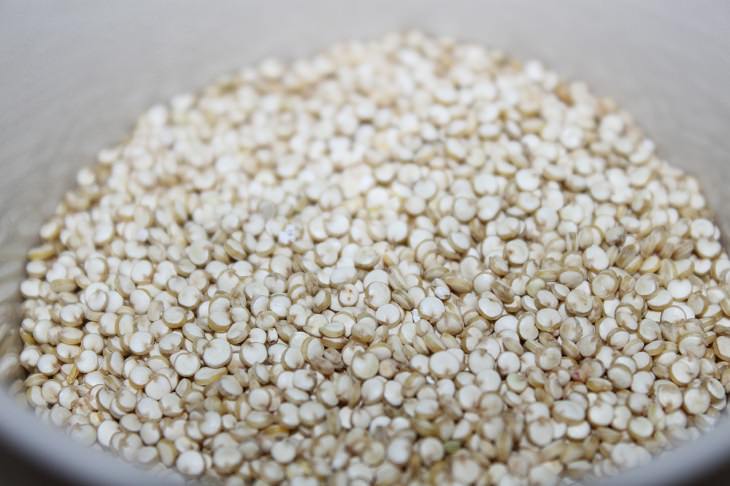
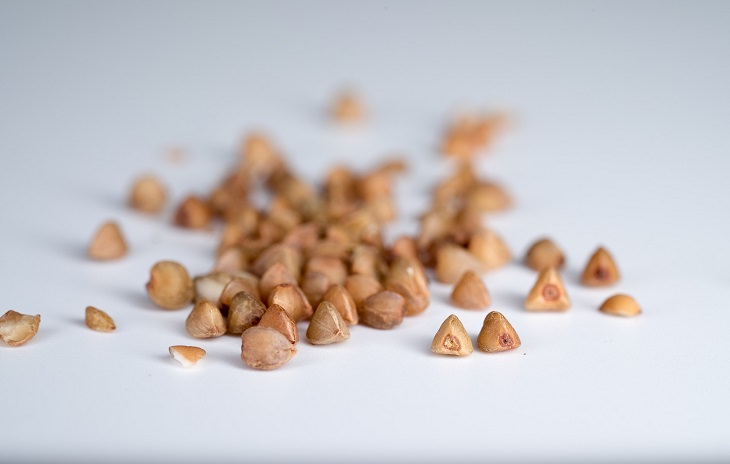
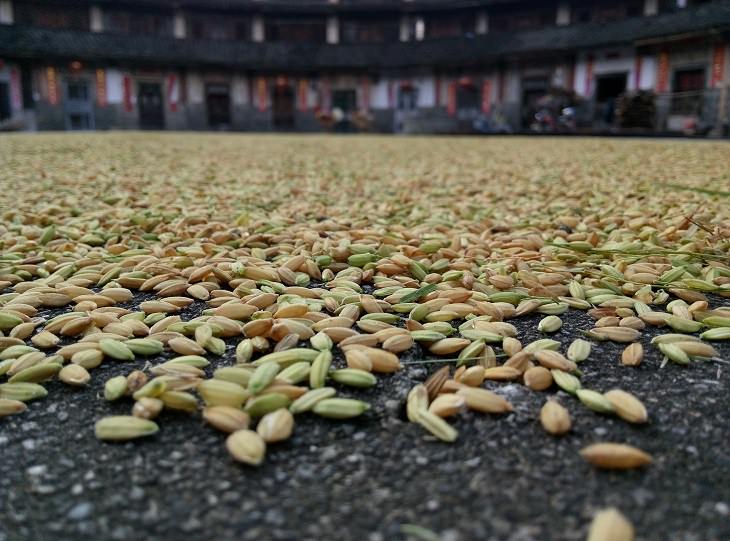
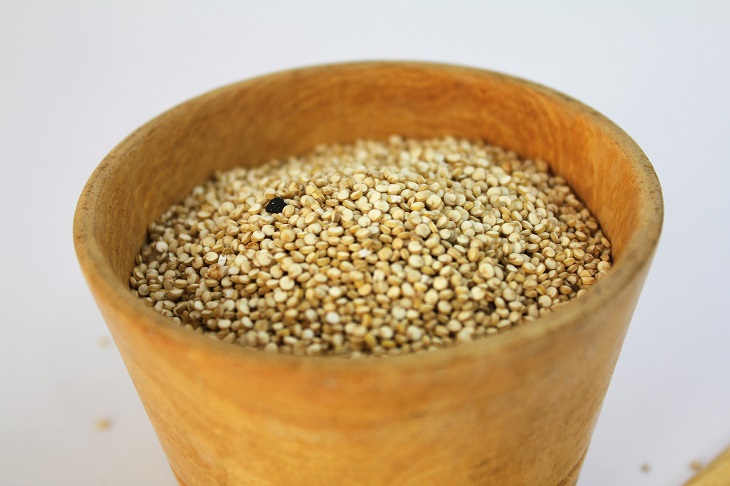
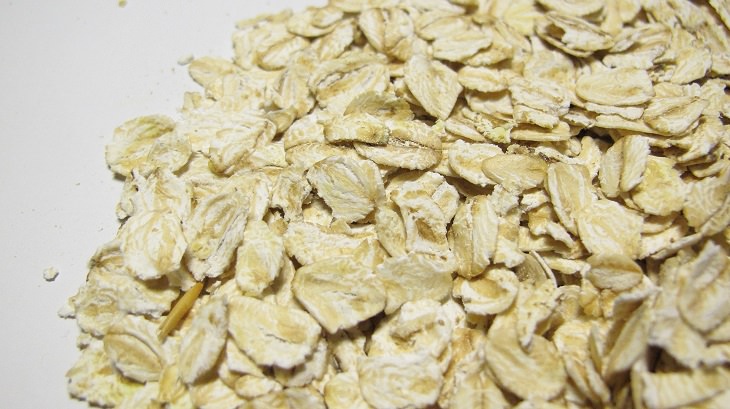
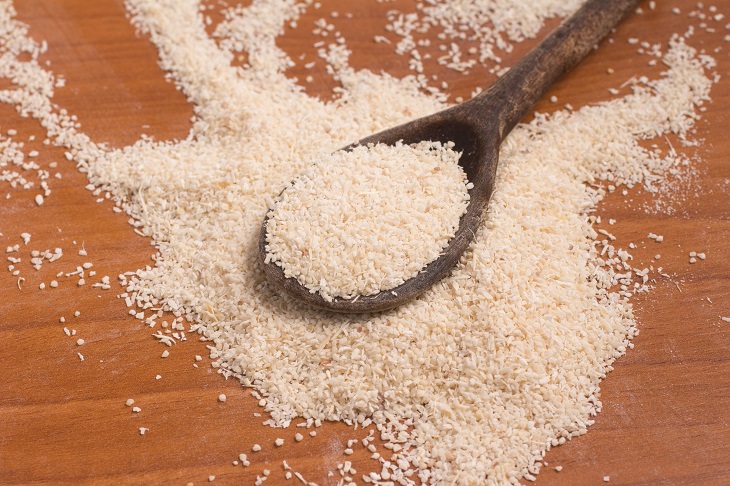
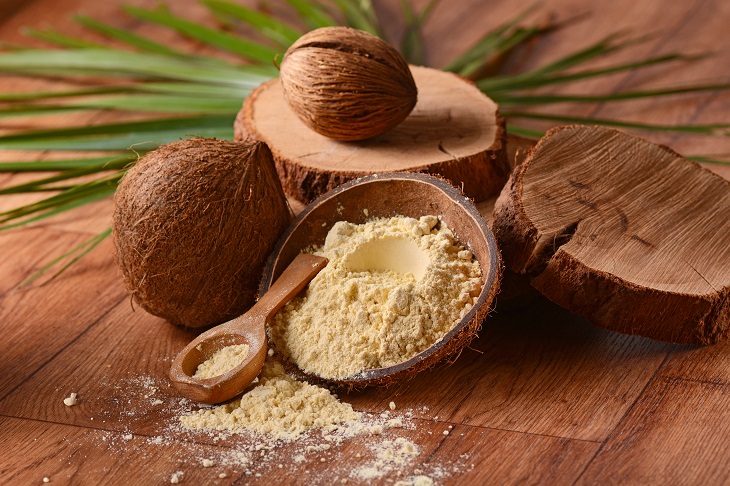

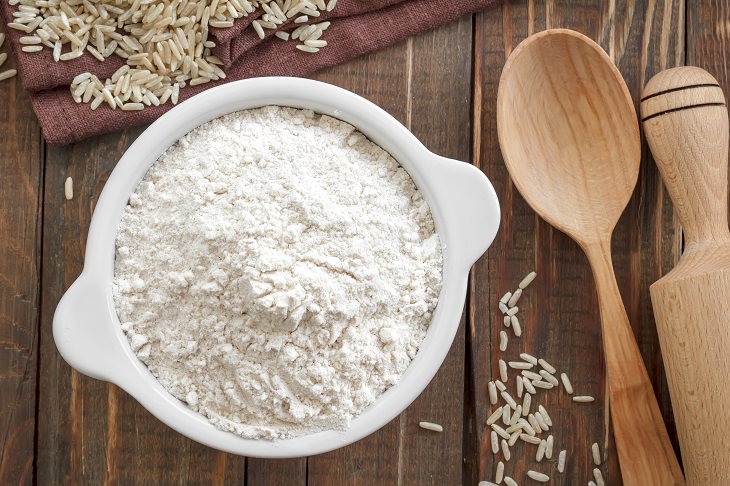

No comments:
Post a Comment